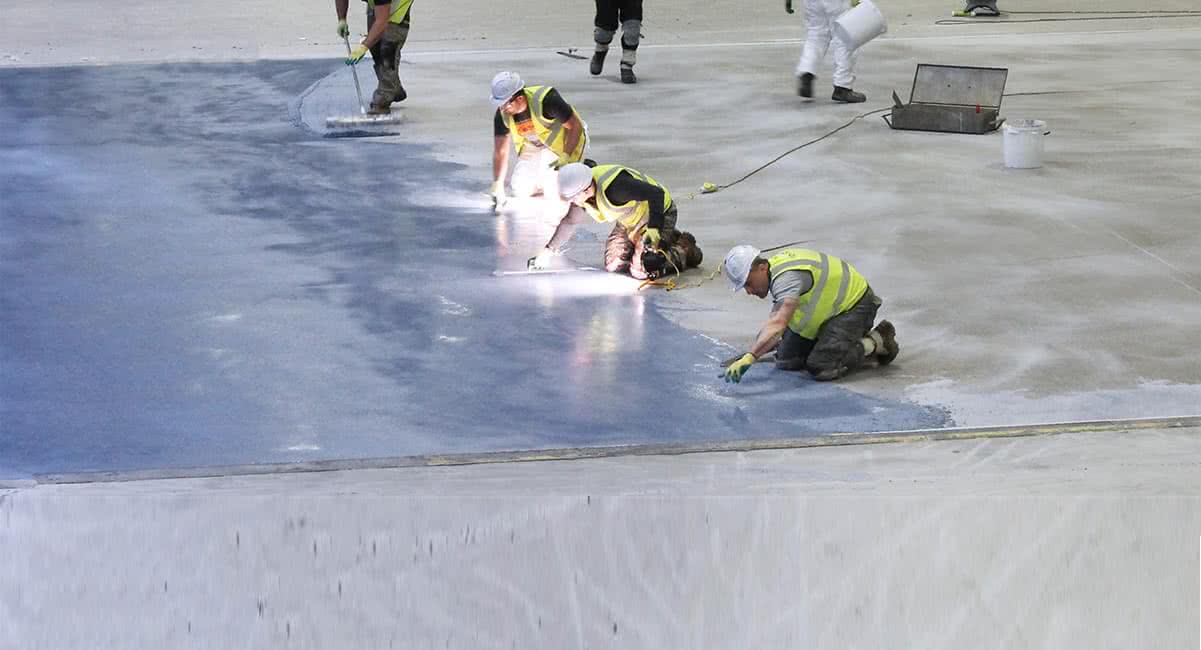Comprehending the Advantages of Anti-Static Flooring for Your Enterprise
Comprehending the Advantages of Anti-Static Flooring for Your Enterprise
Blog Article

What is Anti-Static Flooring?
Anti-static flooring is crafted to reduce static electricity formation, a common and hazardous occurrence in many industrial environments. This type of flooring realizes this by incorporating conductive materials that discharge static charges, thereby reducing the risk of static shock and safeguarding sensitive electronic equipment from static damage.
Why is Anti-Static Flooring Essential?
Protection of Sensitive Equipment: In industries where electronic components are common, such as IT, telecommunications, and healthcare, static electricity can be a serious issue. Anti-static flooring assists in safeguarding these read more fragile components from electrostatic discharges (ESD), which can cause significant damage or data loss.
Enhanced Workplace Safety: Static electricity can not only impair equipment but also constitute a serious safety risk to employees. It can cause sudden shocks, leading to injuries. Anti-static flooring minimises this risk, adding to a better work environment.
Compliance with Industry Standards: Many industries have stringent regulations regarding ESD. Employing anti-static flooring aids businesses comply with these standards, preventing potential legal complications and demonstrating a dedication to best practices.
Types of Anti-Static Flooring
There are several types of anti-static flooring accessible, each suited to different requirements and environments. Common types include anti-static vinyl flooring, ESD carpet tiles, and conductive rubber flooring. The choice typically depends on factors such as the level of static protection required, the type of environment (cleanroom, office, manufacturing floor, etc.), and budget considerations.
Installation and Maintenance
Installing anti-static flooring requires professional expertise to ensure it functions effectively. It often involves laying down a conductive sublayer before the flooring itself. Maintenance is usually straightforward but essential. Regular cleaning with appropriate products is necessary to maintain its anti-static properties.
In conclusion, anti-static flooring is an integral component in any modern business environment where electronic equipment and safety are priorities. By choosing high-quality anti-static flooring, businesses can safeguard their equipment, assure the safety of their employees, and meet industry standards. It's an investment that pays off in the long run, both in terms of operational efficiency and workplace safety.
https://mcgepoxycoatings.com/ Report this page